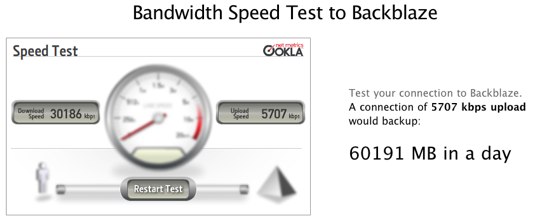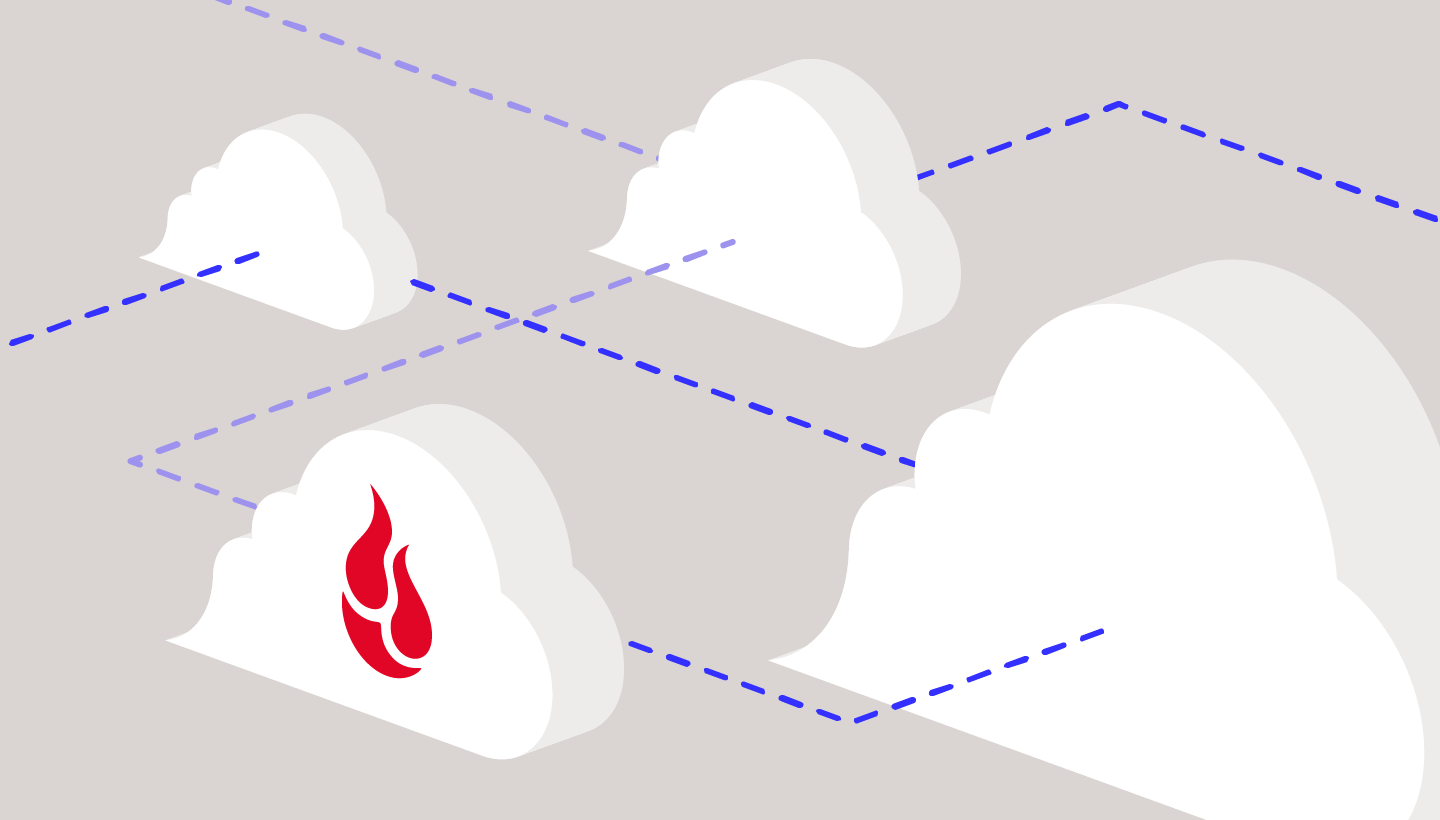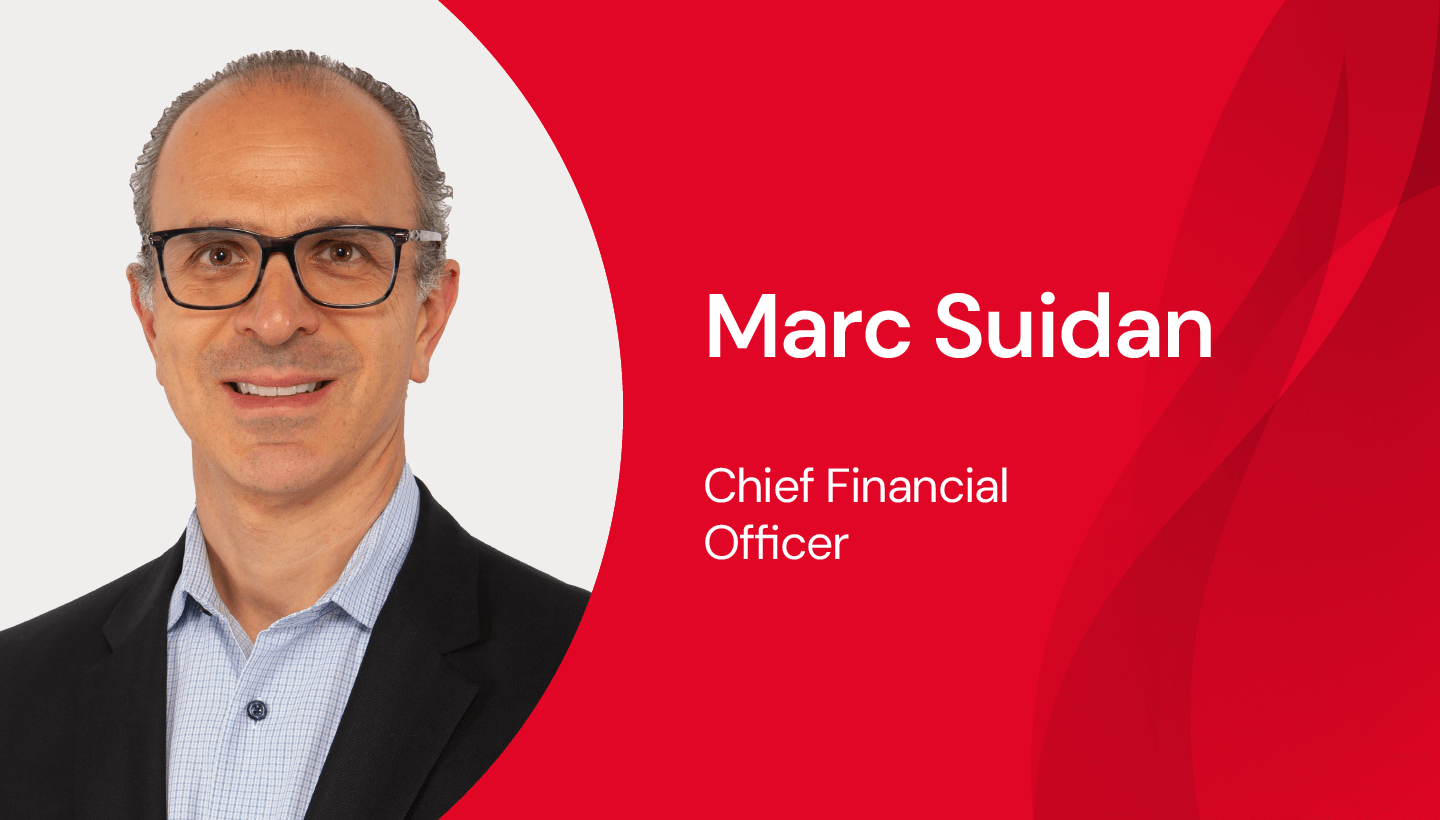
We love fast broadband speeds. Faster upload speeds mean faster backups of your data. Often we salivate over claims of 10Mbps+ blistering connections.
However, periodically customers email us saying “I can’t seem to backup as fast as my internet connection implies.” Looking at the the customer’s internet connection, we see it’s slower than advertised—but it’s not clear why.
Today the FCC published a report that this problem not affects a few unlucky customers, but is a widespread issue affecting most broadband internet users. They say:
Therefore actual download speeds experienced by U.S. consumers lag advertised speeds by roughly 50%.
Apparently, U.S. customers are not the only ones experiencing this. Broadband speeds in the UK were also found to be only about 50% of what was advertised. Lest you think this is one broadband ISP being evil, the difference between advertised and actual speeds were an issue regardless of the type of internet connection (cable, DSL, fiber-to-the-home, satellite, etc.). The FCC was also quick to point out that this is not entirely the fault of the ISPs; a variety of factors including some in the user’s home affects the actual speed.
The end result, nonetheless, is confusion by users regarding what they can actually expect. As part of the National Broadband Plan, which Nate Anderson at Ars Technica summarized well, there is a proposed National Broadband Availability Target which sets goals for the speed and availability of broadband service in the U.S. (Currently this target is 4Mbps download and 1Mbps upload ACTUAL speeds.) Furthermore, the plan requests the FCC and National Institute of Standards and Technology to put together better labeling for consumers to see not only an “up to” speed but some information on actual expected speeds.
Example Broadband Performance Labels:
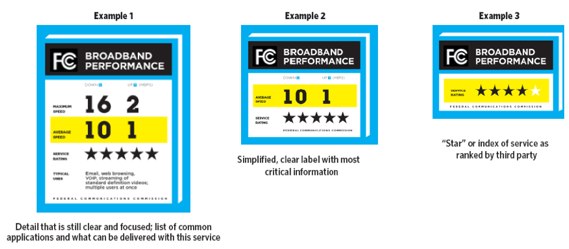
You can use the Backblaze speed test to see how fast your internet connection is at this moment between your computer and our data centers.
For example, here is what I see when running the speed test from the Backblaze office:
Note that even this does not necessarily paint the whole picture since offerings such as Comcast’s PowerBoost enable you to have very fast service for a brief period (enough to move a 5-10MB file), which would be long enough to see high numbers on the speed test, but will not be your sustained broadband speed.
Some of the benefits of the National Broadband Plan will not be seen for years; there is a possibility of this resulting in increased taxes; and better labeling is an imperfect solution. However, internet demand usage continues to skyrocket and the acknowledgement that broadband access and speed are critical to the advancement of society and there is work to be done is a good step in the right direction.
Growth in Hours Online per Month per Home Internet User
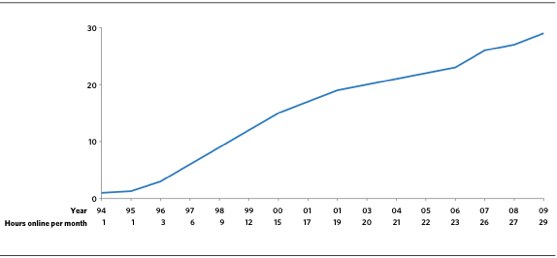
The FCC’s report on the state of broadband today is a bright light shed on a murky area of technology.


